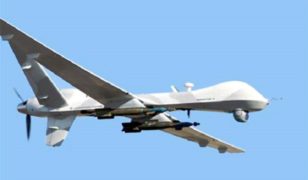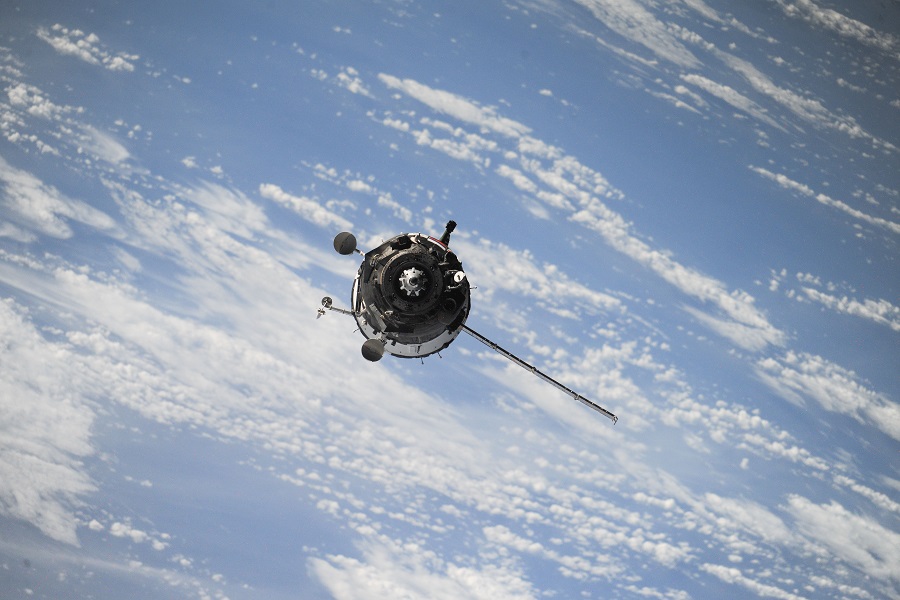Drone Aviation delivers enhanced WASP tactical aerostat to DoD
 Drone Aviation Holding Corp. of Jacksonville, FL announced on March 3 that it has successfully completed the integration of government-furnished ISR equipment supporting the simultaneous use of communications and optical payload packages onto the Winch Aerostat Small Platform (“WASP”) tactical aerostat under its most recent contract award from the U.S. Department of Defense (“DoD”).
Drone Aviation Holding Corp. of Jacksonville, FL announced on March 3 that it has successfully completed the integration of government-furnished ISR equipment supporting the simultaneous use of communications and optical payload packages onto the Winch Aerostat Small Platform (“WASP”) tactical aerostat under its most recent contract award from the U.S. Department of Defense (“DoD”).
Under terms of the integration contracts valued in excess of $346,000 awarded to the company in second half 2016, Drone Aviation has integrated both advanced communications and optical sensors onto the WASP adding new mission capabilities that were previously only available on much larger, multi-million-dollar stationary aerostat systems such as the Persistent Ground Surveillance System (PGSS) aerostats. With these new capabilities, the WASP aerostat can now support multiple advanced communications and optical payloads simultaneously, greatly expanding its mission flexibility to include a wider array of ISR (Intelligence, Surveillance and Reconnaissance) support requirements. The upgraded payload system now also includes secure voice and data network range extension highlighted by the ability to extend communications to over 30km. This secure communications range extension is made possible by a unique and proprietary architecture providing encryption technology enabling the radio asset to be safely located at the Tactical Operations Center (TOC) or other facility on the ground, rather than on the airborne aerostat.
“Today’s military and security forces are increasingly demanding persistent, mobile, small footprint tactical solutions that can do more without high acquisition costs and significant contractor logistical support, requirements that the WASP is uniquely able to meet,” said Bruce Hardy, vice president of sales of Drone Aviation. “With completion of this latest integration contract, the WASP continues to demonstrate the platform’s unmatched tactical ISR and communications capabilities and its unique ability to provide flexible mobile operations to meet the most demanding military mission requirements.”
Source: Drone Aviation








